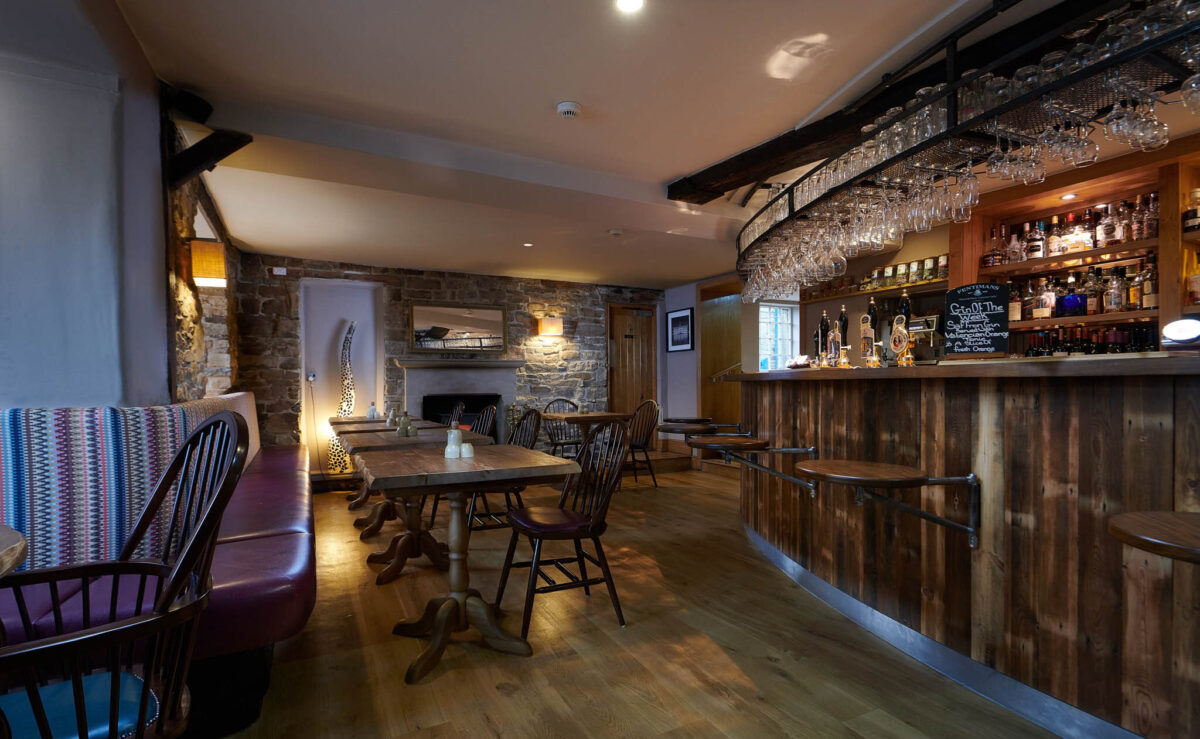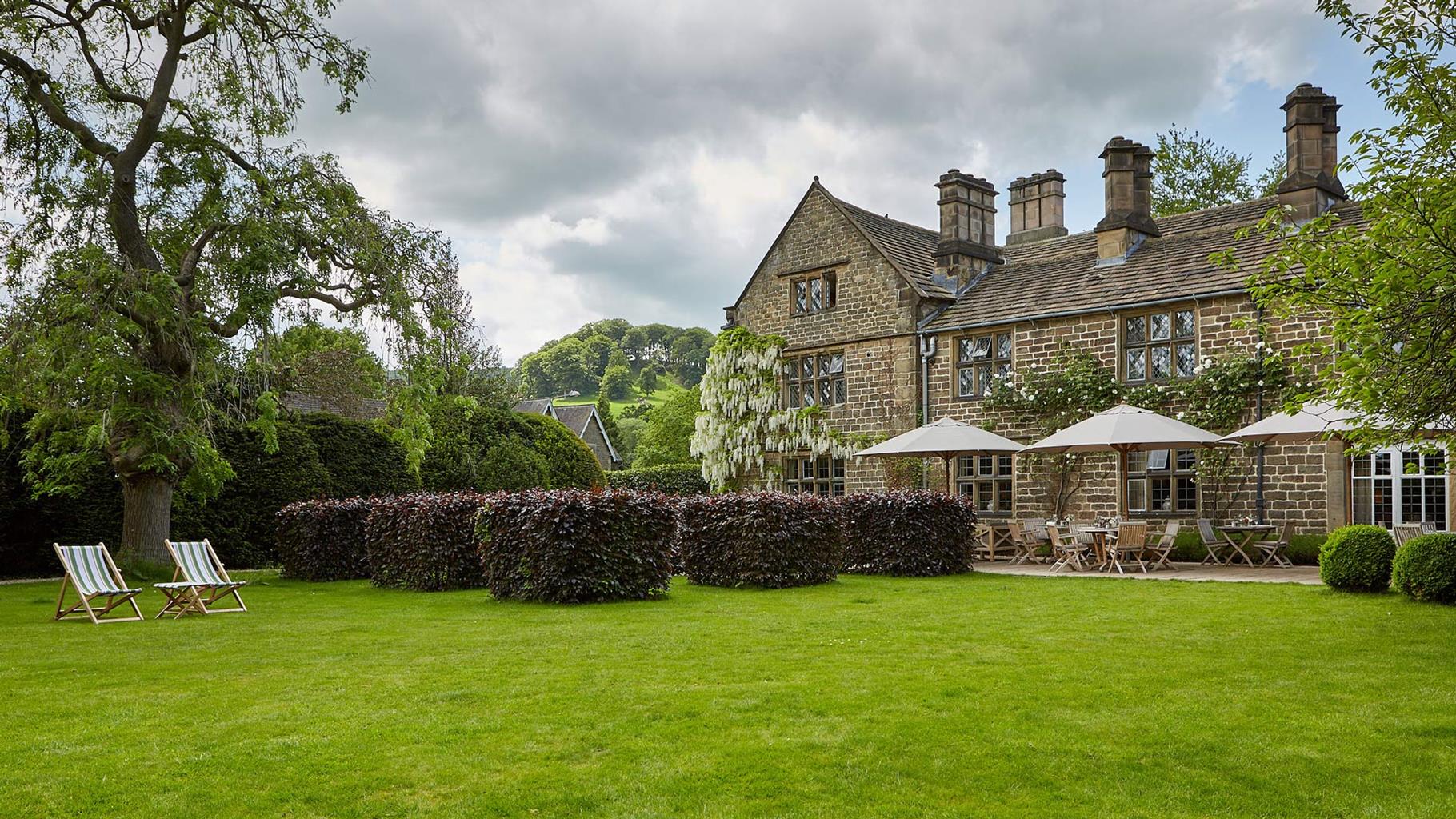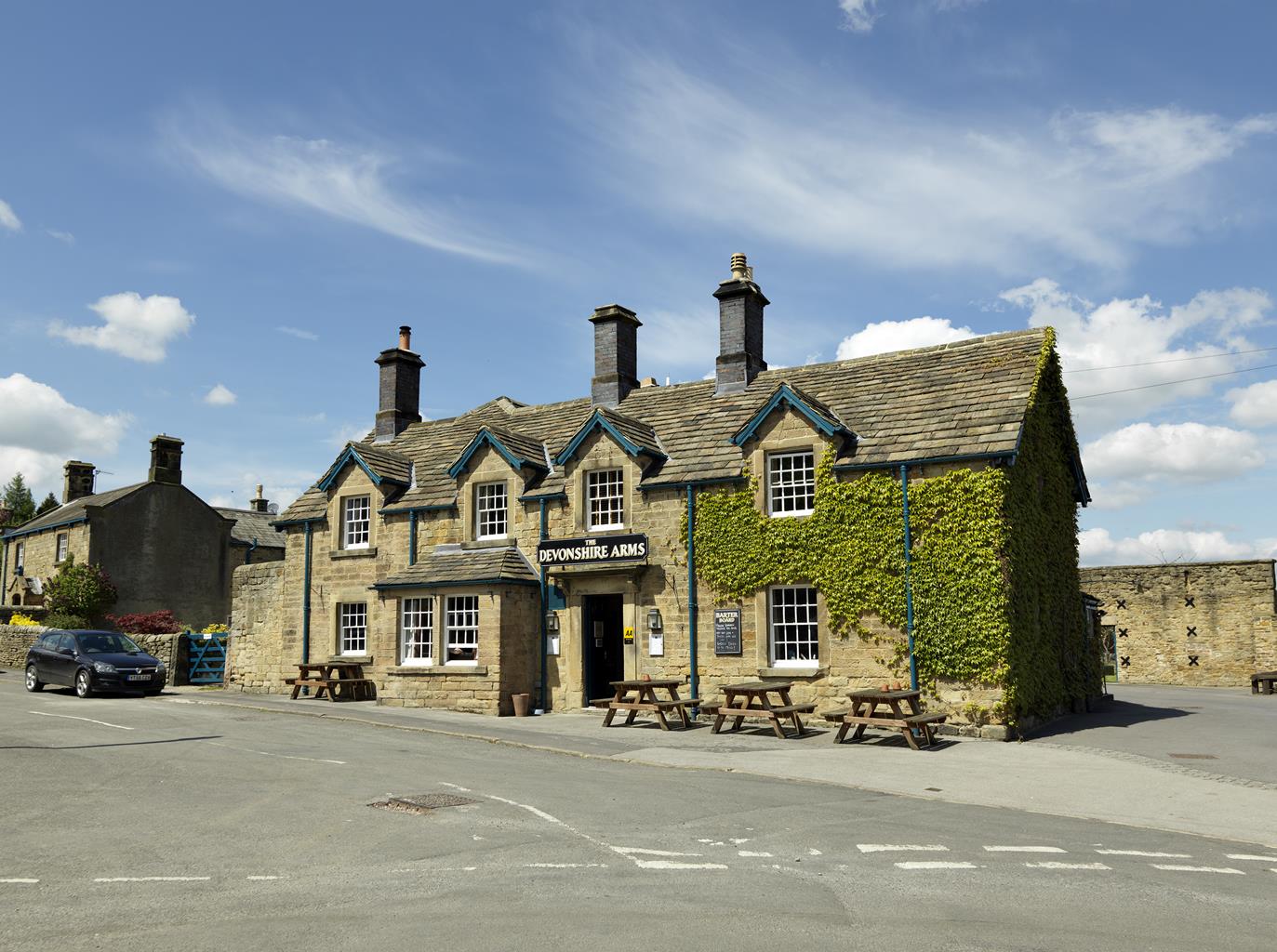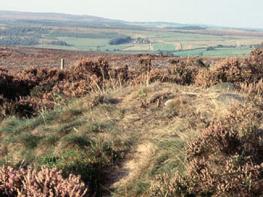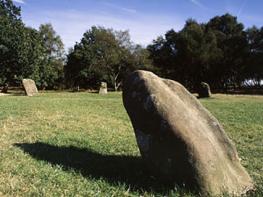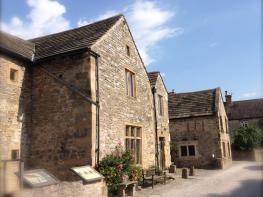The Devonshire Arms at Beeley is a charming 18th-century village inn, located on the Chatsworth…
Beeley and the Chatsworth Estate

Chatsworth’s handsome former estate village remains a model of refinement and charm.
4 miles (6.4kms)
About the walk
The influence of Chatsworth can be felt everywhere you go in Beeley. For over two centuries it was effectively an estate village belonging to the successive Dukes of Devonshire, part of the wider Chatsworth Estate that also included the villages of Edensor and Pilsley, as well as numerous farms. Latterly, many of the properties at Beeley have been sold off, but the handsome village pub, inevitably called the Devonshire Arms, has actually been brought back into the Duke’s control in recent years. It was formerly three separate cottages, knocked together in 1747, and as village pubs go it most definitely pitches in at the upper end of the market. King Edward VII and Charles Dickens are both said to have stayed there.
Picturesque Beeley
In terms of appearances the pub blends in perfectly with the other buildings in the village. Nearly all are built from a mellow, almost honey-coloured sandstone that was quarried just a couple of miles away near Fallinge Edge, giving Beeley a picturesque and harmonious feel. There has been relatively little modern development in and around the village, probably due to 250 years or so of Ducal ownership; but it also helps that the main road effectively bypasses the village, leaving the streets relatively quiet and traffic-free. Even though there are now plenty of privately owned homes, many current and former Chatsworth employees still live in Beeley.
The first part of the walk leads up through plantations to the head of Beeley Brook, then swings out across open fields below Beeley Moor. In these peaceful, rural surroundings, it’s something of a surprise to encounter the remains of industry in the woods beyond Fallinge farm, as you begin to drop back down into the valley. As early as the mid-1600s, a lead-smelting mill had been established on the hillside, partly fuelled by coal dug from a small seam on Beeley Moor.
Hob Hurst’s House
Beeley Moor is an intriguing place, surprisingly little visited compared to the better known moors further north, or given its proximity to Chatsworth; but that doesn’t mean that there’s nothing to see there. If you continue beyond the plantations towards the top of Beeley Brook and out onto Harland Edge you will come to Hob Hurst’s House – but don’t look for any sort of modern building. It is, in fact, a Bronze Age burial mound, unusually square in shape rather than round, and named after a mischievous goblin which lives in the nearby woods.
Walk directions
With your back to the Devonshire Arms, walk up the road opposite (Chapel Lane) past The Old Smithy Café and turn right at the road junction by the village hall. Walk along the lane out of the village. It becomes unsurfaced and where it swings right, to Moor Farm, go on along the public footpath.
Go through the kissing gate and on alongside woodland on your right. After 150yds (137m) go right into the plantation at a stile/gate. Follow the rising track through the plantation, crossing Beeley Brook and climbing up above the small wooded gorge.
Where a path joins from the left go straight on. Follow white waymarkers for the concessionary footpath until eventually you climb to meet the road above. Continue along the path on the woodland edge, just below the roadside wall, for 350yds (320m).
Now leave the wood and cross the road for the public bridleway along the farm track opposite. Follow this for 1 mile (1.6km) until just after a large barn, turn right before Fallinge Farm. Go down this track to a gate into woods.
Follow the wide track as it curves round to the right, between the high stone supports of a long-gone bridge. Just after this, fork right for a path that eventually leads down to a squeeze stile on the edge of the woods.
Go into and down the field ahead, swinging left for a wall stile. Continue through several more fields, heading half left and aiming for the village below. At the bottom of a long, fenced field, turn right to reach a gate half-hidden in the hedge in the bottom corner of the field.
Cross the road for the gated path opposite, initially heading half right then dropping sharply down to the left to cross the brook by a stone footbridge. Turn left to follow the waterside lane back into Beeley.
Additional information
Lanes, grassy field tracks and woodland paths, can be muddy; several stiles
Wooded gorge and hillside fields
Plenty of off-lead potential in woods and enclosed tracks
OS Explorer OL24 White Peak
Park responsibly in the centre of Beeley
None on route; nearest at Baslow
WALKING IN SAFETY
Read our tips to look after yourself and the environment when following this walk.
Find out more
Also in the area
About the area
Discover Derbyshire
The natural features of this central English county range from the modest heights of the Peak District National Park, where Kinder Scout stands at 2,088 ft (636 m), to the depths of its remarkable underground caverns, floodlit to reveal exquisite Blue John stone. Walkers and cyclists will enjoy the High Peak Trail which extends from the Derwent Valley to the limestone plateau near Buxton, and for many, the spectacular scenery is what draws them to the area.
The county is well endowed with stately homes – most notably Chatsworth, the palatial home of the Duke and Duchess of Devonshire, with its outstanding collections of paintings, statuary and art. Other gems include the well preserved medieval Haddon Hall, the Elizabethan Hardwick Hall, and Kedleston Hall, whose entrance front has been described as the grandest Palladian façade in Britain.
The spa town of Matlock is the county’s administrative centre and other major towns of interest include Derby and the old coal mining town of Chesterfield, with its crooked spire. Around the villages of Derbyshire, look out for the ancient tradition of well dressing, the decorating of springs and wells – the precious sources of life-sustaining water – with pictures formed from flowers.
Nearby stays
Restaurants and Pubs
Nearby experiences
Recommended things to do
Why choose Rated Trips?
Your trusted guide to rated places across the UK
The best coverage
Discover more than 15,000 professionally rated places to stay, eat and visit from across the UK and Ireland.
Quality assured
Choose a place to stay safe in the knowledge that it has been expertly assessed by trained assessors.
Plan your next trip
Search by location or the type of place you're visiting to find your next ideal holiday experience.
Travel inspiration
Read our articles, city guides and recommended things to do for inspiration. We're here to help you explore the UK.




